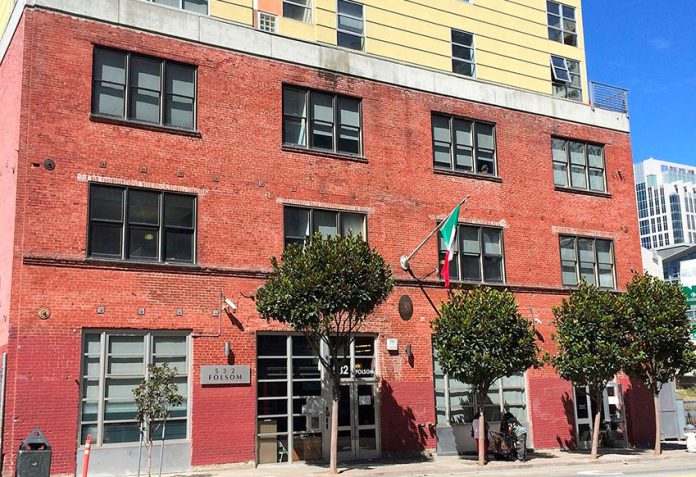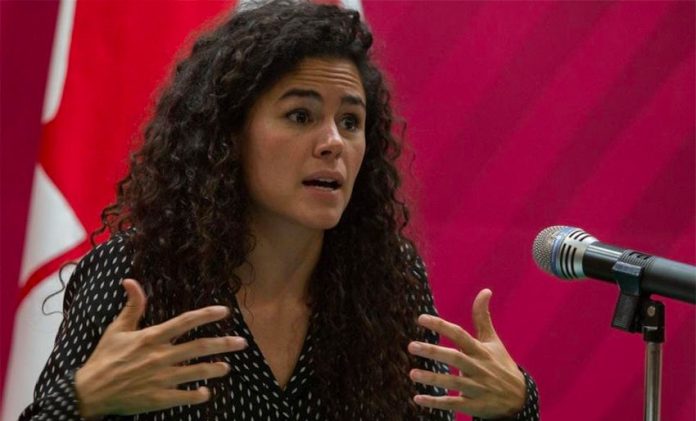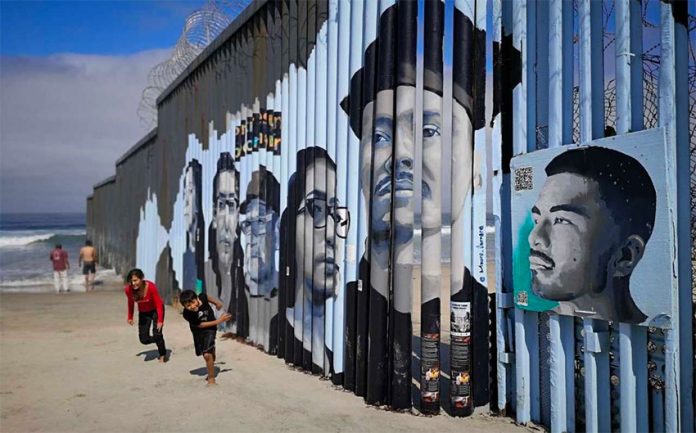There is a growing climate of hostility against Mexicans and other minority groups in the United States, the Secretariat of Foreign Affairs (SRE) warns in a new security document.
Mexican consulates in the U.S. have detected “a sharp increase in recent months in the hostile environment against minorities,” the SRE said in a document obtained by the newspaper El Universal that outlines plans to purchase new security equipment for diplomatic missions.
Published this month, the document says that “scheduled attacks, marches that promote xenophobia and fierce debates on United States television have undermined the cosmopolitan environment in that country.”
The publication of the document comes in the aftermath of the August 3 mass shooting in El Paso, Texas, in which a lone gunman killed 22 people including eight Mexican citizens.
According to an affidavit filed by the El Paso Police Department, the 21-year-old suspect told officers that he targeted Mexicans, while in a manifesto published online the alleged shooter said he was carrying out the attack in “response to the Hispanic invasion of Texas.”
The massacre, which the New York Times said was “the deadliest attack to target Latinos in modern American history,” has shaken Latino communities across the United States.
Critics of Donald Trump, including candidates vying for the presidential nomination for the Democratic Party, have accused the United States president of creating racial division in the U.S. and emboldening those who have carried out racially-motivated attacks.
In the lead-up to the 2016 presidential election, Trump infamously labelled some Mexican immigrants as drug dealers, criminals and “rapists.”
More recently, he described the arrival of large migrant caravans at the United States southern border as an “invasion.”
Asked last week whether Trump was a white supremacist, Senator Elizabeth Warren responded without hesitation that he was, while fellow presidential aspirant Beto O’Rourke said the U.S. president wasn’t welcome in El Paso after the deadly attack.
“. . . He’s been calling Mexican immigrants rapists and criminals . . . Connect the dots about what he’s been doing in this country. He’s not tolerating racism, he’s promoting racism. He’s not tolerating violence, he’s inciting racism and violence in this country,” O’Rourke said on August 4.
In light of the identified growth in hostility towards minorities, the SRE said that the safety of its diplomatic personnel in the United States could be at risk, especially considering that the security systems in place at some Mexican missions are obsolete.
Along with Ethiopia, Haiti, India, Lebanon, Nicaragua and Palestine, the SRE classifies the United States as a “hard life” country for Mexican citizens including diplomatic staff posted to the country.
One of the reasons why the foreign ministry makes such a classification is because it deems that there is an atmosphere of “intolerance and manifest discrimination” in the country to which it applies.
Amid an environment in which Mexicans are considered more vulnerable to attacks, the SRE said that the Mexican consulate in San Francisco needs a new video surveillance system.
The cameras it has are obsolete, the SRE said, a situation that leaves the consulate unprotected in an area where “local authorities have reported burglaries, assaults and vandalism.”
The SRE said the consulate in Chicago requires a new safe-deposit box to store the large amounts of cash it receives on a daily basis, while the embassy in Washington D.C. also requires upgrades to its video security system.
The safety of diplomatic personnel as well as Mexican citizens and people of other nationalities who attend Mexican consulates and the countries embassies “must be protected at all costs,” the SRE said.
Source: El Universal (sp)









